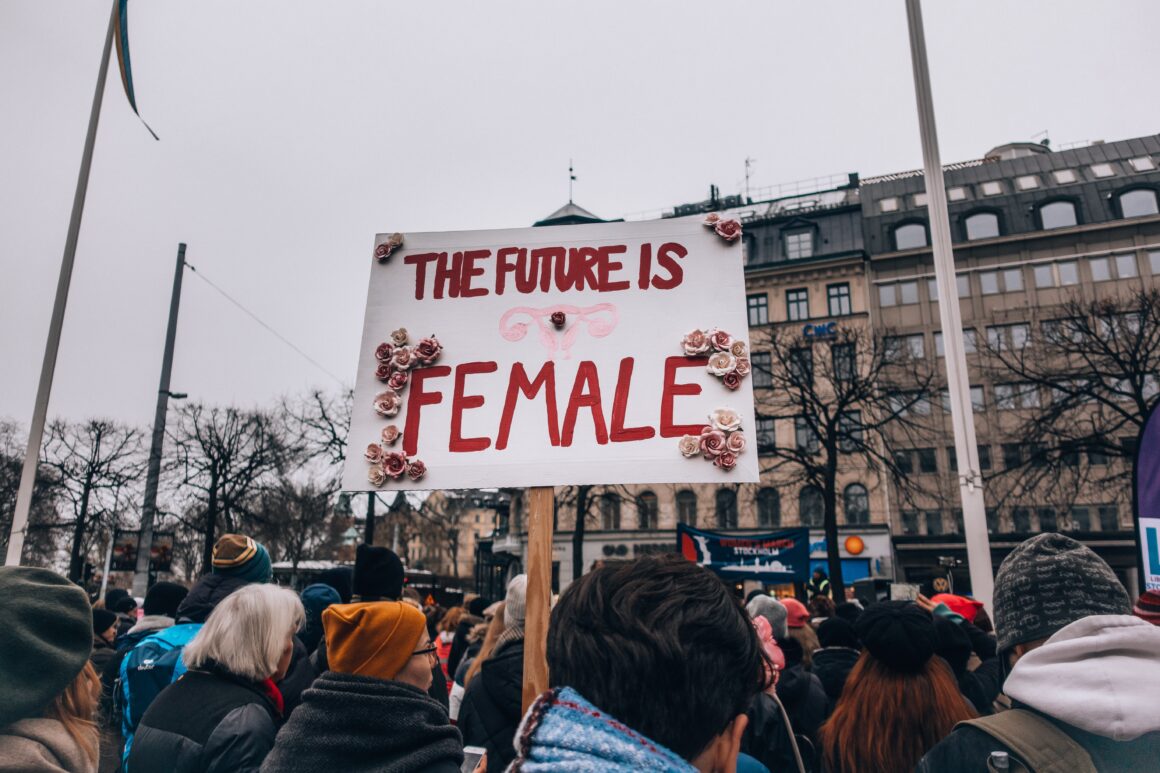Having read Wilkie Collins’ The Woman in White, my favourite character was and will always be Marian Halcombe. Marian has a very unfortunate lot in life: she is not entitled to any of her late father’s inheritance, being the daughter of his first wife and therefore losing everything to her younger sister Laura. To add insult to that injury, she is immediately identified by the novel’s protagonist as being ‘ugly’, with ‘swarthy’ skin, a masculine mouth and jaw, and even a light moustache on her upper lip. Despite all of her hardship, she is intelligent and resourceful, with a quick wit and a charisma that commands respect, even from the most despicable of antagonists. And even though the judgement of women for having darker skin and facial hair clearly hasn’t changed in two hundred years, Marian was an instant hit with readers of the novel in its serialised form, who even wrote to the author asking to marry her.
But is she a feminist icon? I’m sure many would argue that she is not, considering that her agency and power seem to stem from the fact that she is unfeminine. Her intelligence, capabilities and courage are all praised as being ‘like those of a man’s’, rather than being hers in her own right. Somehow worse is Marian’s own propensity for self-deprecation on account of her own womanhood, continually and certainly referring to herself as less capable as a fact of her womanhood. While she is by no means helpless, she has clearly put limitations on herself because she views women, and therefore herself, as weak by default.
After all, how many times in modern media do we see the unfeminine woman making jabs at other women, belittling their typically feminine interests and praising all things masculine because they aren’t frivolous nonsense?
I would argue, however, that we can still view Marian as a feminist character, albeit one of her own time. She does not seem to view her sister Laura as competition in any way, and is nothing but kindly and devoted to her. One might argue that this is rooted in her own low self-esteem, her ugliness and poverty making her a very probable spinster for life, but I think this is quite a miraculous trait on Marian’s part (and the part of her creator, of course). After all, how many times in modern media do we see the unfeminine woman making jabs at other women, belittling their typically feminine interests and praising all things masculine because they aren’t frivolous nonsense? Marian doesn’t make fun of, or worse, disparage Laura’s prettiness, shyness and interest in drawing and music as ‘girly’. Her comments on those matters go as far as saying that they aren’t to her own interest, that she would rather play chess than the piano, and then she focuses on the real problems they have in their lives. In an age where a “relatable” female character needs to wear jeans instead of skirts, abhor cosmetics and continually judge other women for their own choices regarding fashion and hobbies, I think Marian is a fantastic role model.
So, whether Marian Halcombe is a perfect feminist character is highly debatable, with the time and place of her creation hindering her incredibly in the eyes of 21st century feminists. However, the fact that such a brazenly atypical female character was able to be a heroine (and to steal the hearts of readers for 150 years) proves that society is perfectly capable of accepting nontraditional heroines, and adoring them at that.


